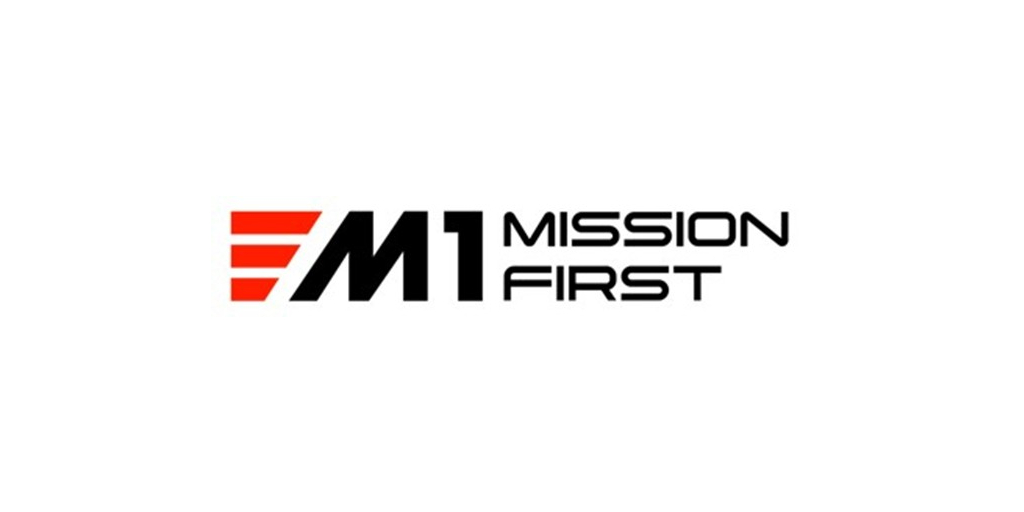
AeroGenie - مساعد الطيار الذكي الخاص بك.
الرائج الآن
Categories
Air India Flight to Birmingham Reports Dual Engine Failure, Boeing Responds
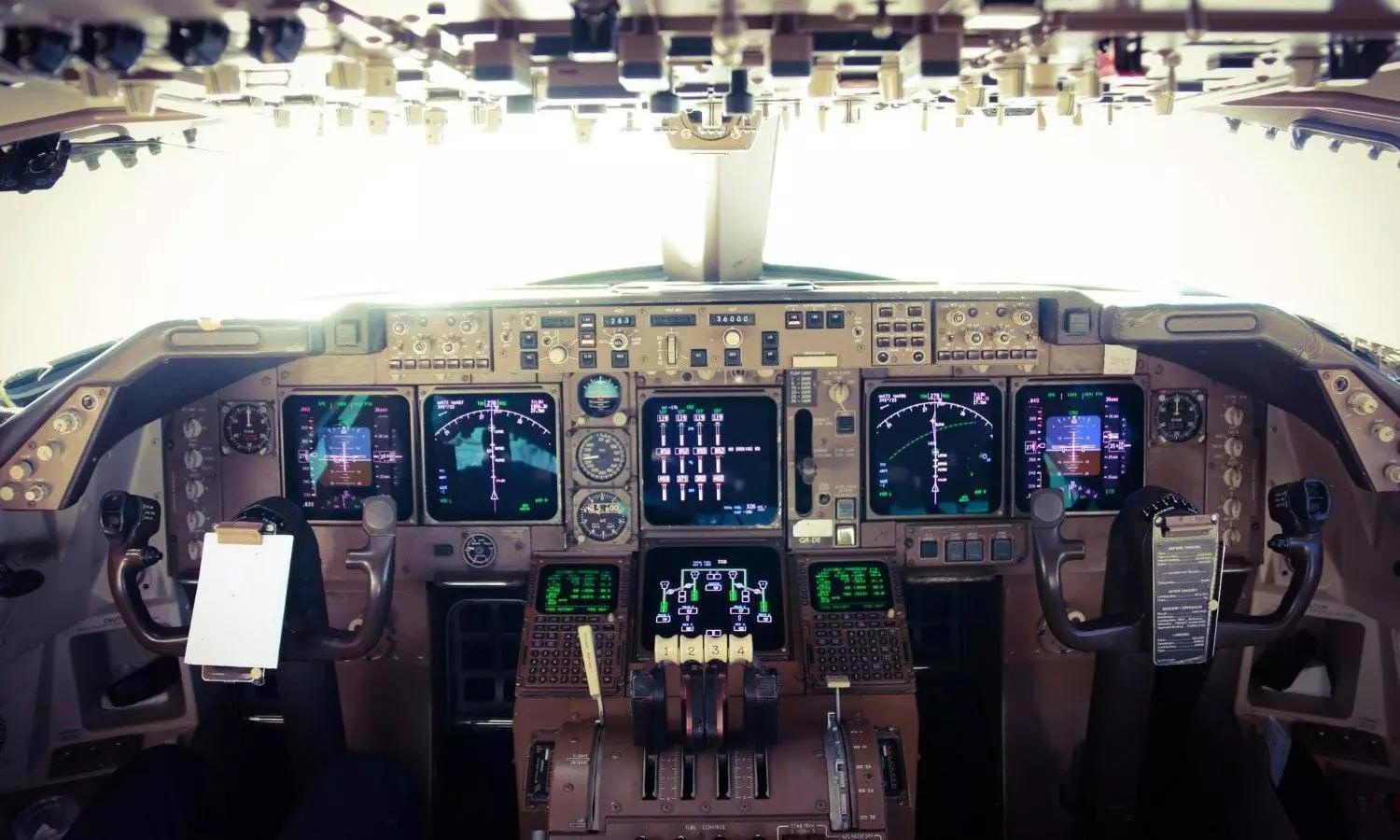
Air India Flight Experiences Dual Engine Failure; Boeing Addresses Safety Concerns
Incident Overview and Immediate Response
An Air India flight operating from Amritsar to Birmingham encountered a critical safety event earlier this month when both engines failed, prompting the automatic deployment of the ram air turbine (RAT). The incident occurred on October 4 during the final approach of flight AI117. Although the aircraft landed safely, the event has intensified scrutiny of the Boeing 787 Dreamliner’s systems, particularly its emergency protocols.
The RAT serves as a vital emergency power source, deploying automatically in cases of dual engine failure or complete electrical or hydraulic system loss. Aviation experts regard uncommanded RAT deployment as a serious indicator of significant aircraft malfunction, even when pilots do not manually initiate the procedure.
In response, India’s Directorate General of Civil Aviation (DGCA) directed Air India to rigorously repeat the RAT stowage procedure in strict accordance with the Boeing Aircraft Maintenance Manual (AMM). This directive comes amid growing unease among pilots, who have called for comprehensive inspections of the 787 fleet. Concerns have been heightened by a similar incident in June that culminated in a fatal crash, raising questions about the reliability of the Dreamliner’s hydraulic and electrical systems.
Boeing’s Explanation and Technical Details
Boeing has addressed the DGCA’s inquiries by attributing the RAT deployment to a mechanical fault within the RAT storage system. The manufacturer identified a toggle mechanism that can inadvertently slip out of place following maintenance, causing uncommanded RAT deployment during critical flight phases such as takeoff or landing. Since the Dreamliner’s introduction 14 years ago, Boeing reports 31 cases of uncommanded RAT deployment, 29 of which involved aircraft fitted with older RAT stow actuators lacking a modified shuttle valve.
The shuttle valve plays a crucial role in regulating pressure within the up-lock toggle mechanism, ensuring the RAT remains securely stowed when not in use. Boeing noted that these incidents typically arise within six months after maintenance procedures requiring manual RAT stowing, as specified in the AMM. To mitigate this issue, Boeing has implemented a design modification to the shuttle valve. However, 19 Dreamliners in Air India’s fleet, including the aircraft involved in the recent event, have yet to receive this updated component. Notably, there is no current Service Bulletin or official communication mandating the retrofit of the improved shuttle valve design.
Regulatory and Industry Implications
Despite pilot concerns and recent incidents, India’s civil aviation authority has not issued any specific recommendations or directives concerning the Boeing 787 Dreamliner. Boeing has underscored the importance of thorough investigations and has not indicated any shift in focus away from the Dreamliner program. The manufacturer continues to emphasize rigorous safety protocols and ongoing monitoring as essential to maintaining the aircraft’s operational integrity.
This episode highlights the critical need for vigilance and proactive maintenance within the aviation sector. Regulators and manufacturers alike face the challenge of addressing emerging safety issues to uphold the highest standards of air travel safety.
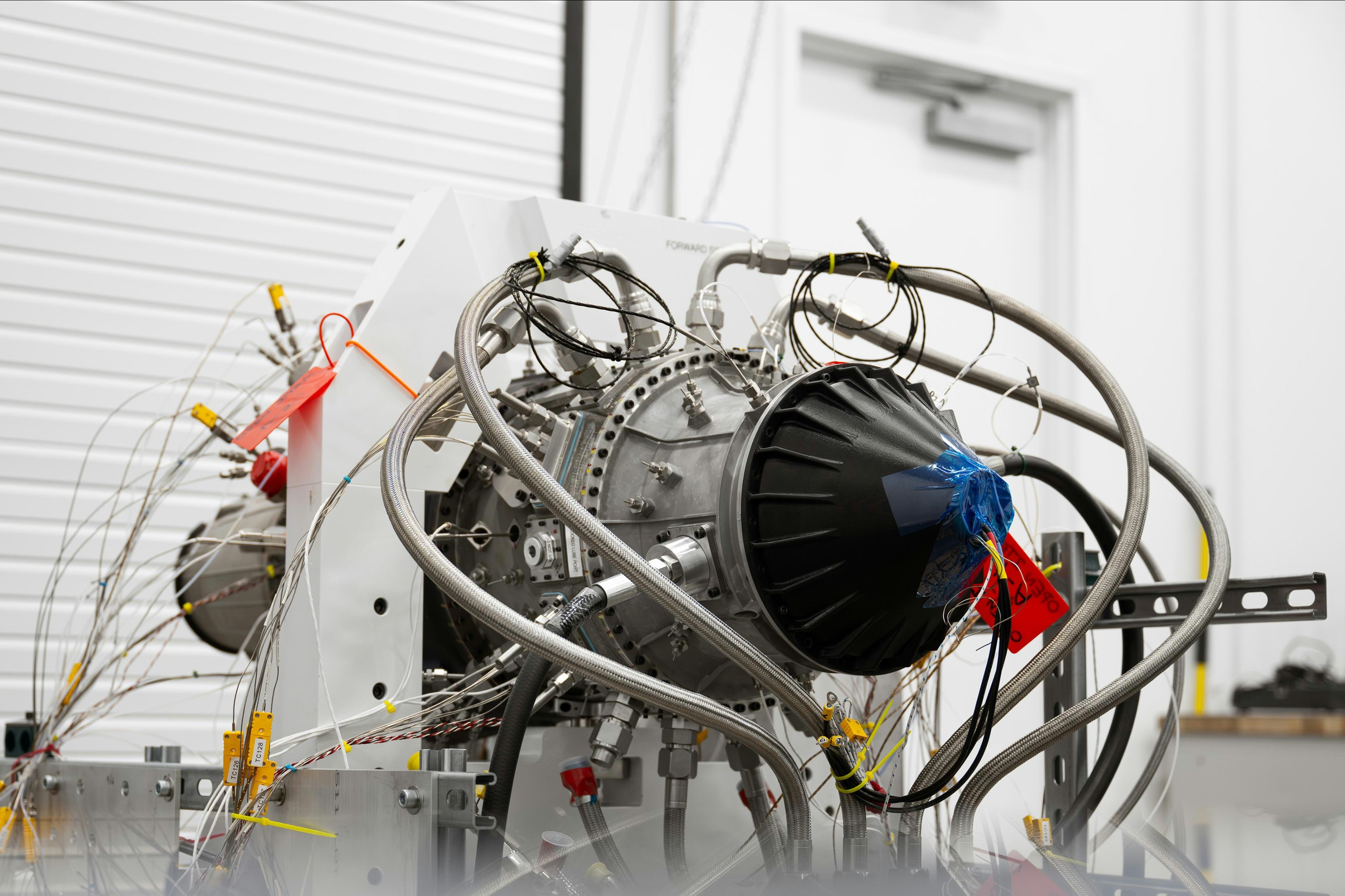
Beehive’s 3D-Printed Frenzy Engine Advances Toward 2026 Flight Tests
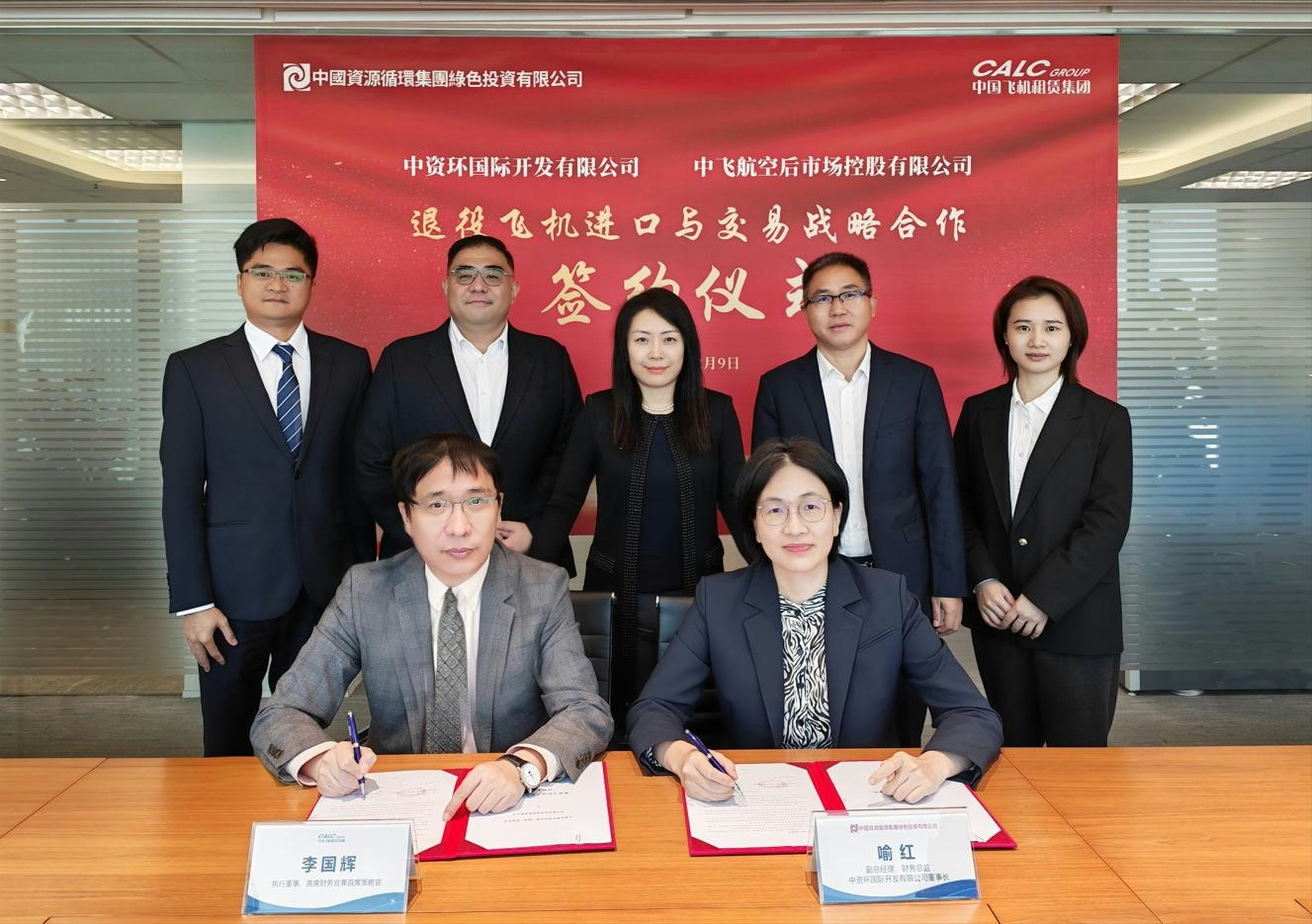
CAAM and CRRG Form Alliance in Aviation Aftermarket
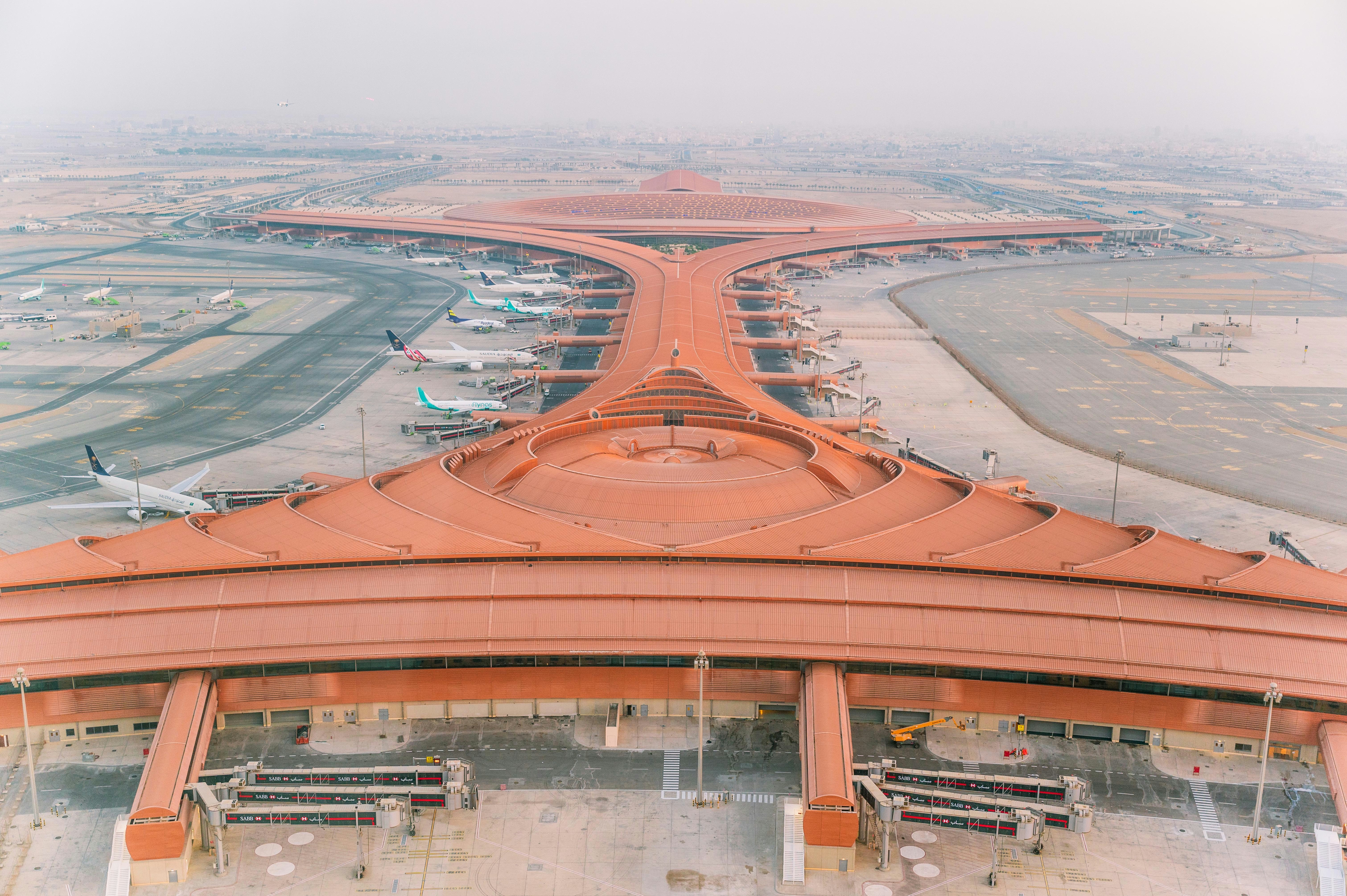
AI and Digital Twins Enhance Airport Operations Amid Global Challenges
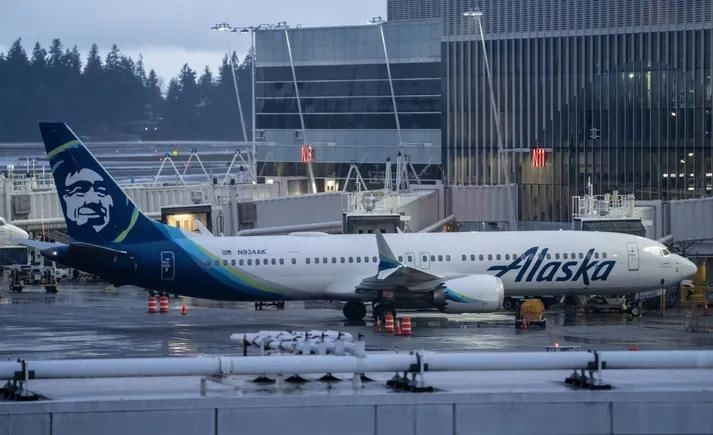
Alaska Airlines Introduces AI Tool to Simplify Trip Planning
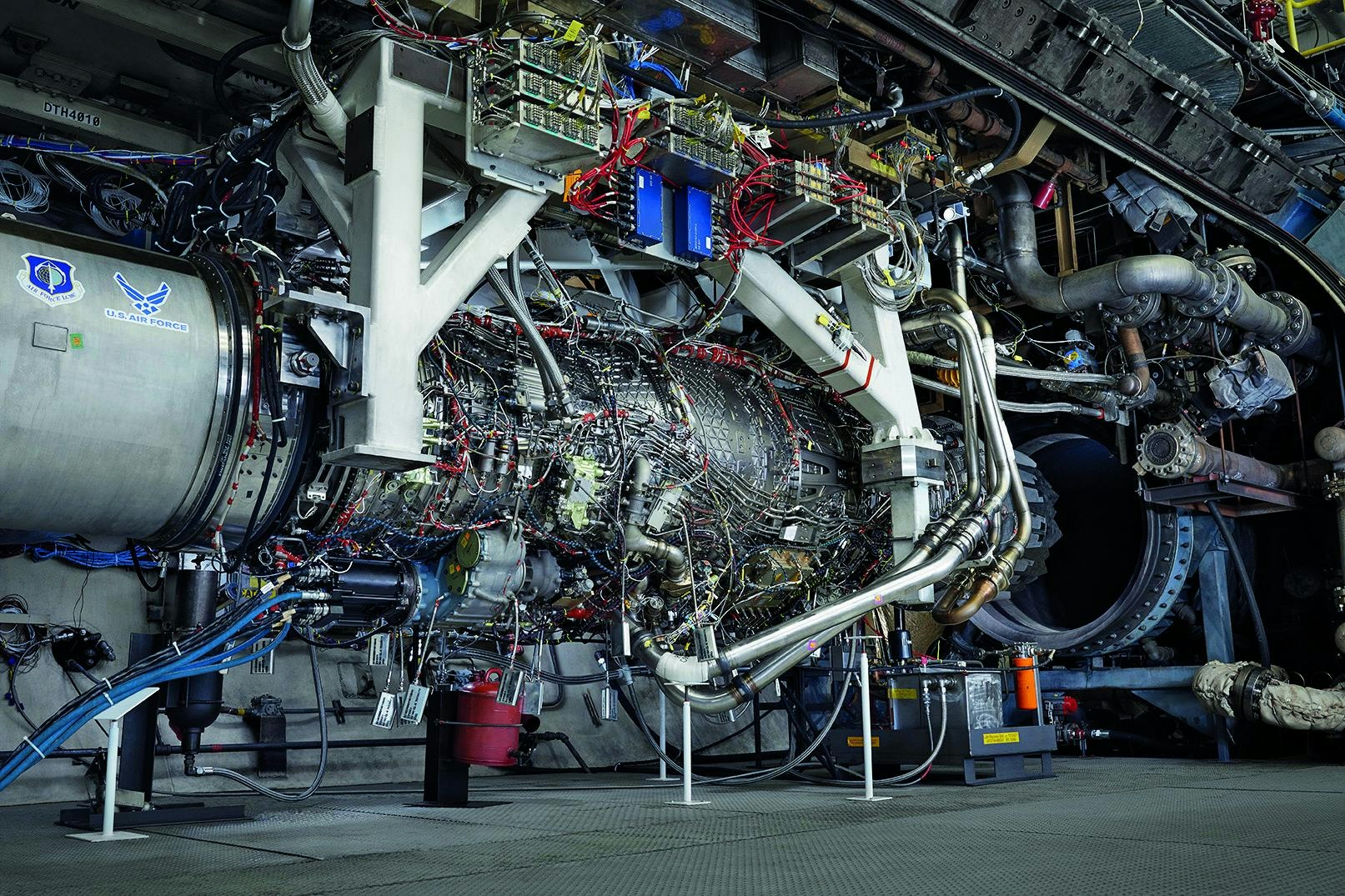
Seven Breakthrough Commercial Aircraft Engines
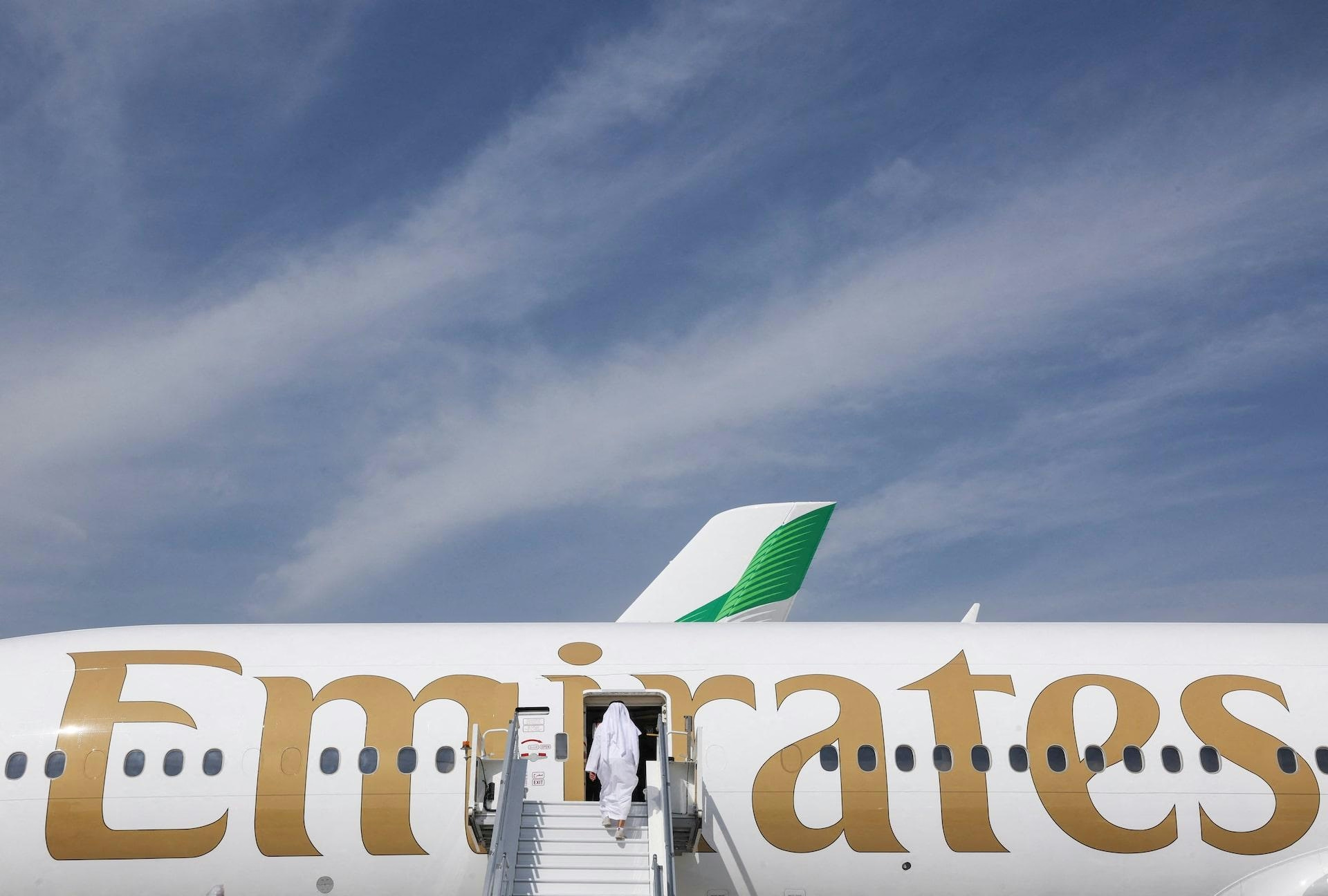
Can Emirates and United Airlines Help Boeing Outsell Airbus in 2025?
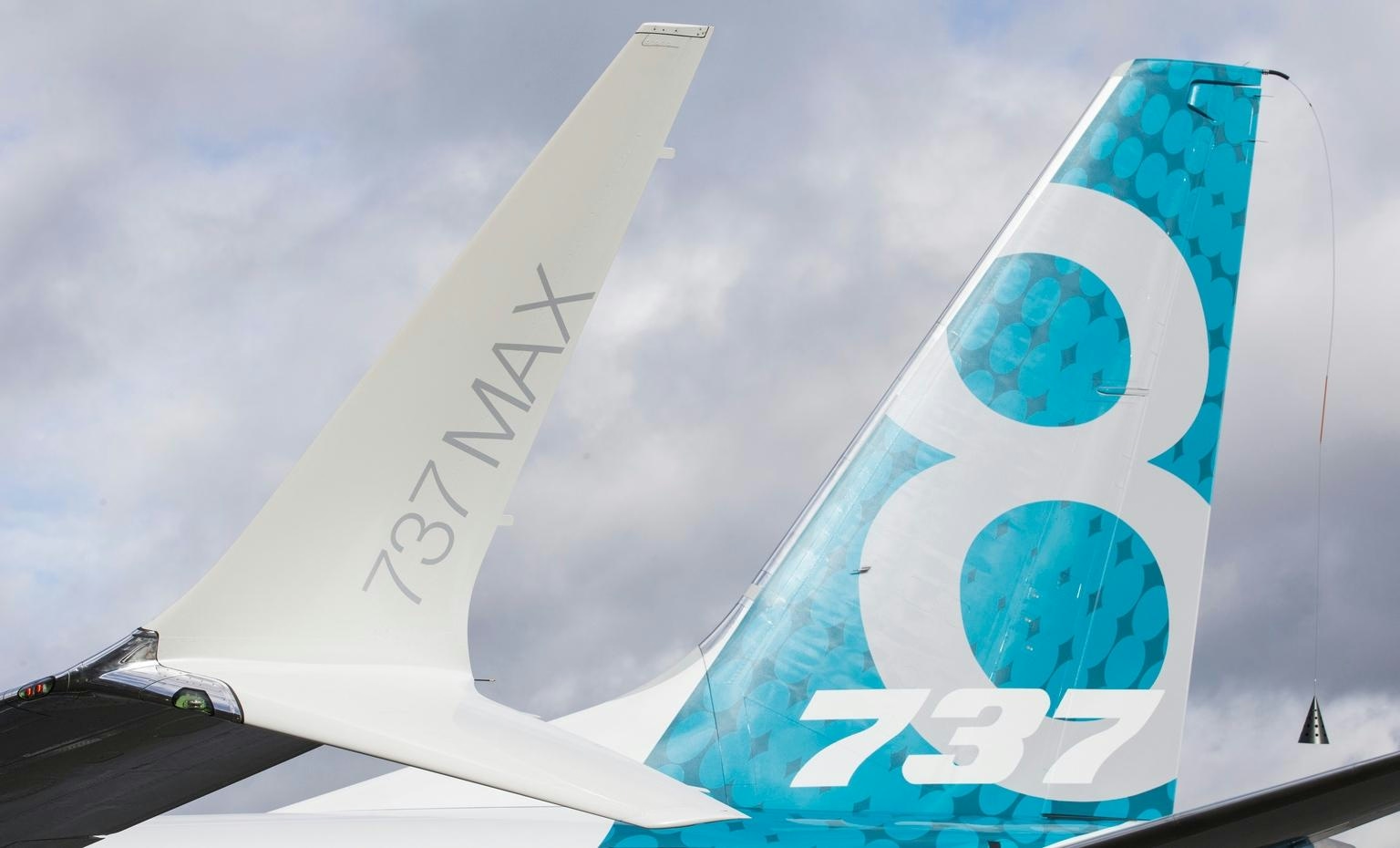
Airbus CEO Acknowledges Boeing May Lead in 2025 Orders
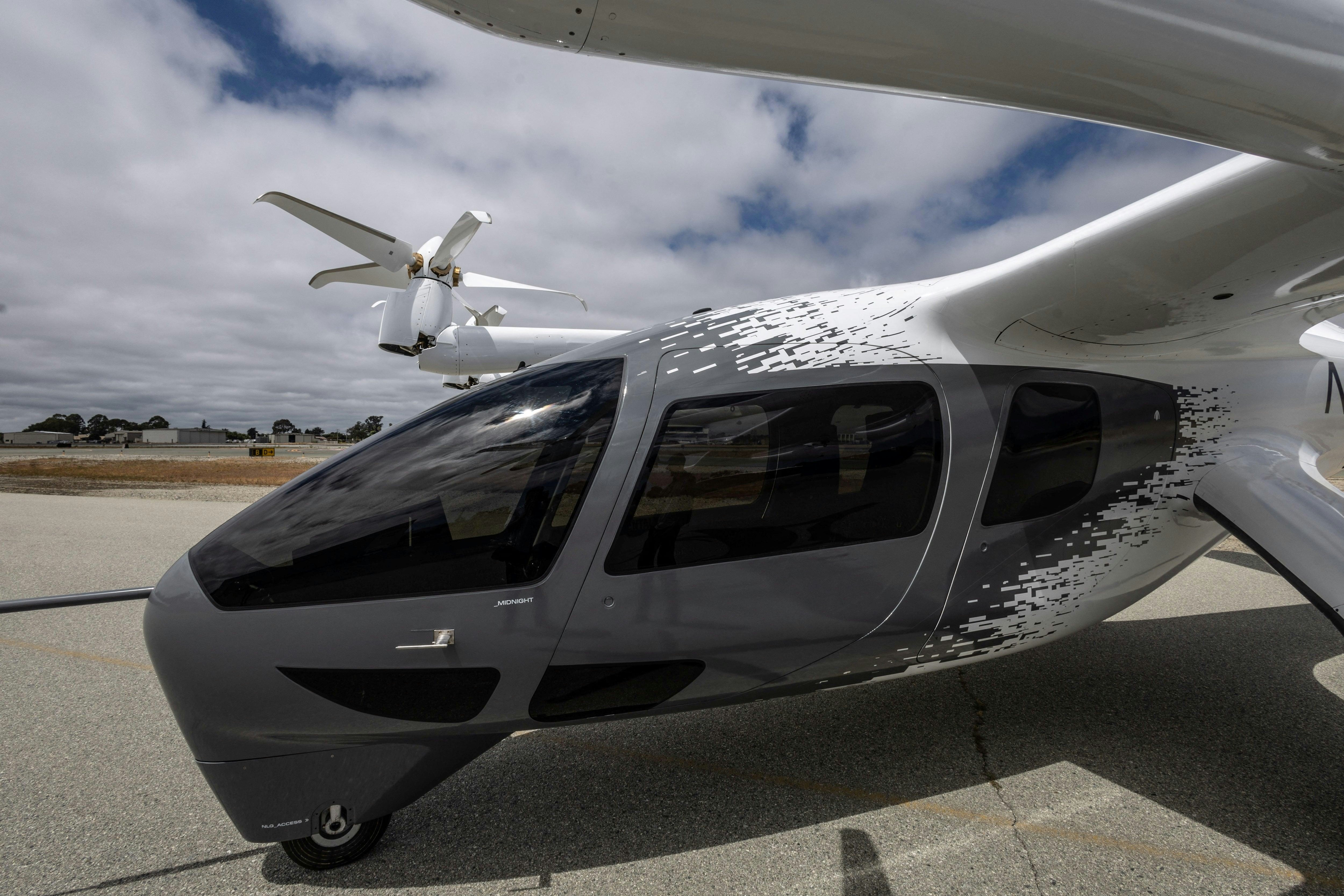
Los Angeles Introduces Air Taxis Ahead of Olympics

Willis Lease Finance Prices $392.9 Million in Fixed-Rate Notes
